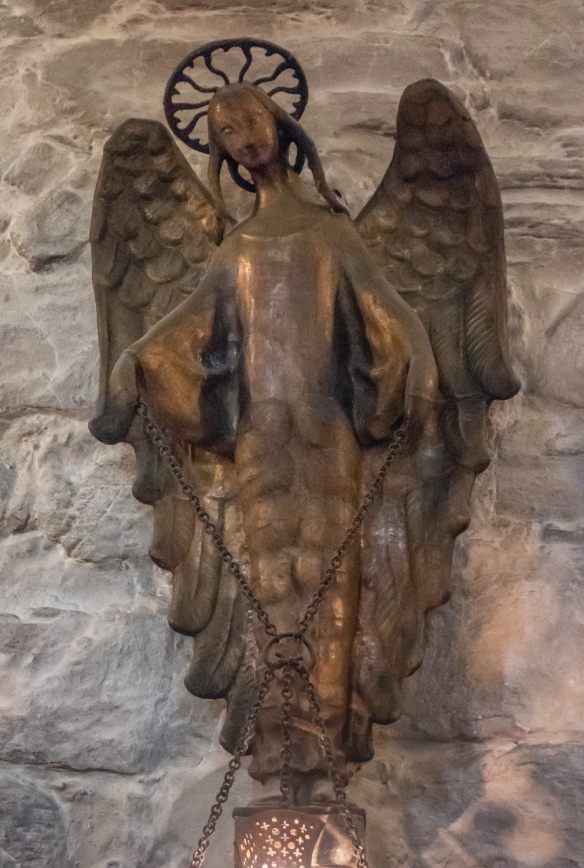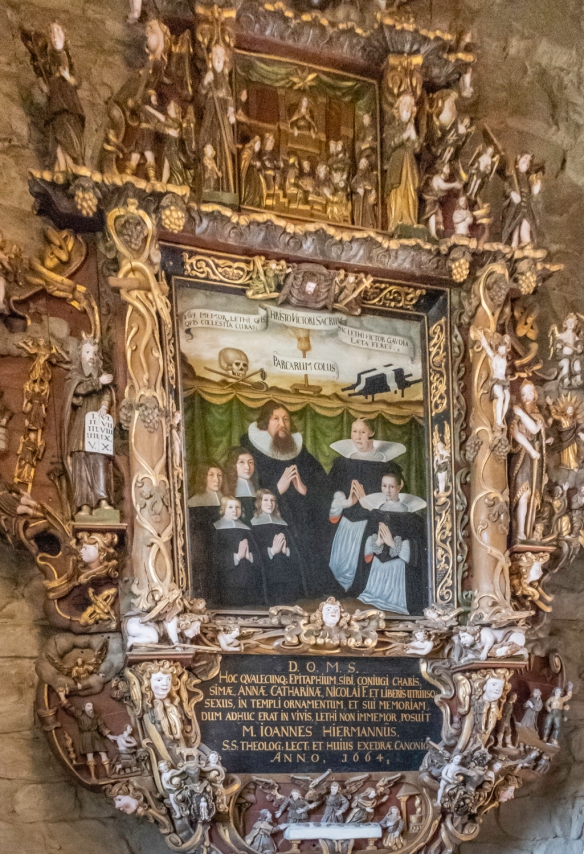![Located in the center of the city, across from a large plaza at the end of the harbor, the Stavanger Cathedral, also known as St. Swithun_s Cathedral [Norwegian- Stavanger Domkirke], i](https://richedwardsimagery.files.wordpress.com/2018/07/located-in-the-center-of-the-city-across-from-a-large-plaza-at-the-end-of-the-harbor-the-stavanger-cathedral-also-known-as-st-swithun_s-cathedral-norwegian-stavanger-domkirke-i.jpg?w=584)
Located in the center of the city, across from a large plaza at the end of the harbor, the Stavanger Cathedral, also known as St. Swithun’s Cathedral [Norwegian: Stavanger Domkirke], is the oldest cathedral in Norway
Stavanger Cathedral, also known as St. Swithun’s Cathedral [Norwegian: Stavanger Domkirke], is the oldest cathedral in Norway. The bishopric was established in Stavanger around 1125, at which time it is assumed that the City of Stavanger, Norway, was also founded. Located in the center of the city, across from a large plaza at the end of the harbor, the Cathedral serves both the parish and the diocese of Stavanger. Construction of the Cathedral was started around 1100 A.D. by Bishop Reinald, who may have come from Winchester, England. The Cathedral was completed around 1150 A.D. and dedicated to St. Swithin as its patron saint. Bishop Reinald brought to the Cathedral its most important relic, St. Swithun’s Arm.
The Cathedral was originally built as a Roman basilica in Anglo-Norman style. After a fire damaged the Cathedral in 1272, it was rebuilt with the addition of a larger choir and vestibule in Gothic style (see photograph, below), an interesting juxtaposition of architectural styles.
The most notable feature of the interior is the Pulpit that is post Reformation and dates back to the 1650s, made by Andrew Smith. The Pulpit spans the complete history of the Bible, starting with Adam and Eve (see photograph, below) at the foot of the stairs, finishing with the triumphant Christ crowning the top of the canopy. Stavanger Cathedral has been in continuous use for 900 years and is well preserved. Its Middle Age ambiance is for the most part still intact.

The Stavanger Cathedral was originally built as a Roman basilica in Anglo-Norman style; after a fire damaged the Cathedral in 1272, it was rebuilt with the addition of a larger choir and vestibule in Gothic style — an interesting juxtaposition of architectural styles, St. Swithun’s Cathedral, Stavanger, Norway

The most notable feature of the interior is the Pulpit that is post Reformation and dates back to the 1650s, made by Andrew Smith, Stavanger Cathedral, Stavanger, Norway

The Pulpit spans the complete history of the Bible, starting with Adam and Eve at the foot of the stairs, Stavanger Cathedral, Stavanger, Norway

Scenes of the life of Jesus Christ carved on the Pulpit, Stavanger Cathedral, Stavanger, Norway

Angel wall lamp, Stavanger Cathedral, Stavanger, Norway

The Hiermann epitaph was carved and painted by Andrew Smith in 1664; it was made in memory of Jens Pedersøn Hiermann (Bishop Humble’s son-in-law), his wife Catharina Nicolaisdatter and their 5 children. The symbols are from the Old and the New Testaments. The epitaph is very rich in imagery and perhaps the finest example of such work in Norway; Stavanger Cathedral, Stavanger, Norway
Legal Notices: All photographs copyright © 2018 by Richard C. Edwards. All Rights Reserved Worldwide. Permission to link to this blog post is granted for educational and non-commercial purposes only.

Must be beautiful there right now. Great time of year to go.
LikeLike